
Finding the natural direction of the blank
In our last video tutorial, we explained how to choose a blank. Now that you know all about this essential part for making your fishing rod, here's a tip that will help you find the direction of the blank:
How to find the nerve or spine of a blank
As a blank is made by winding a carbon sheet onto a mandrel, there are places where the sheets overlap and create hard spots on the blank. When the blank is bent, there are hard points that determine the natural working direction of the rod. That is, a rod will always want to work in the same direction.
The aim is to put the rod in flexion in order to search for the right direction. As demonstrated in the tutorial above, it's difficult to talk about the same thing when talking about a nerve or a spine. Are we talking about the top or the bottom? It means everything and its opposite. On the other hand, it's easier to find the natural direction of a bending blank. If you put a blank on a clean, smooth surface, you'll see that, compared with the sticker, it always tends to be on the same side. Then, when you flex it with your left hand and rotate it with your right hand downwards, you can feel that there's a hard spot. The blank is locked in this way, i.e. once bent, the blank wants to work in this way. If you try to rotate it, you'll find that the hard point blocks your manipulation.
.Once the hard spot is located (see video), make a mark in the direction of the blank and you can then plan to mount your rings inside the blank.
Looking for the spine means looking for the natural direction of the blank once it has been flexed. Its interest is the search for stability in combat. It will not seek to turn to resume its natural working direction and will be much more precise when casting and work in the right axis.
The main advantage of Rodbuilding is to mount your accessories in the natural direction of the blank.
Rod spinning or casting?
If you're an experienced angler and want to mount this type of rod, you'll need to mount your rings in the opposite direction to the one explained in our tutorial. In short, with a spinning rod, you mount the rings upwards, and with a Casting rod, you mount the rings downwards.


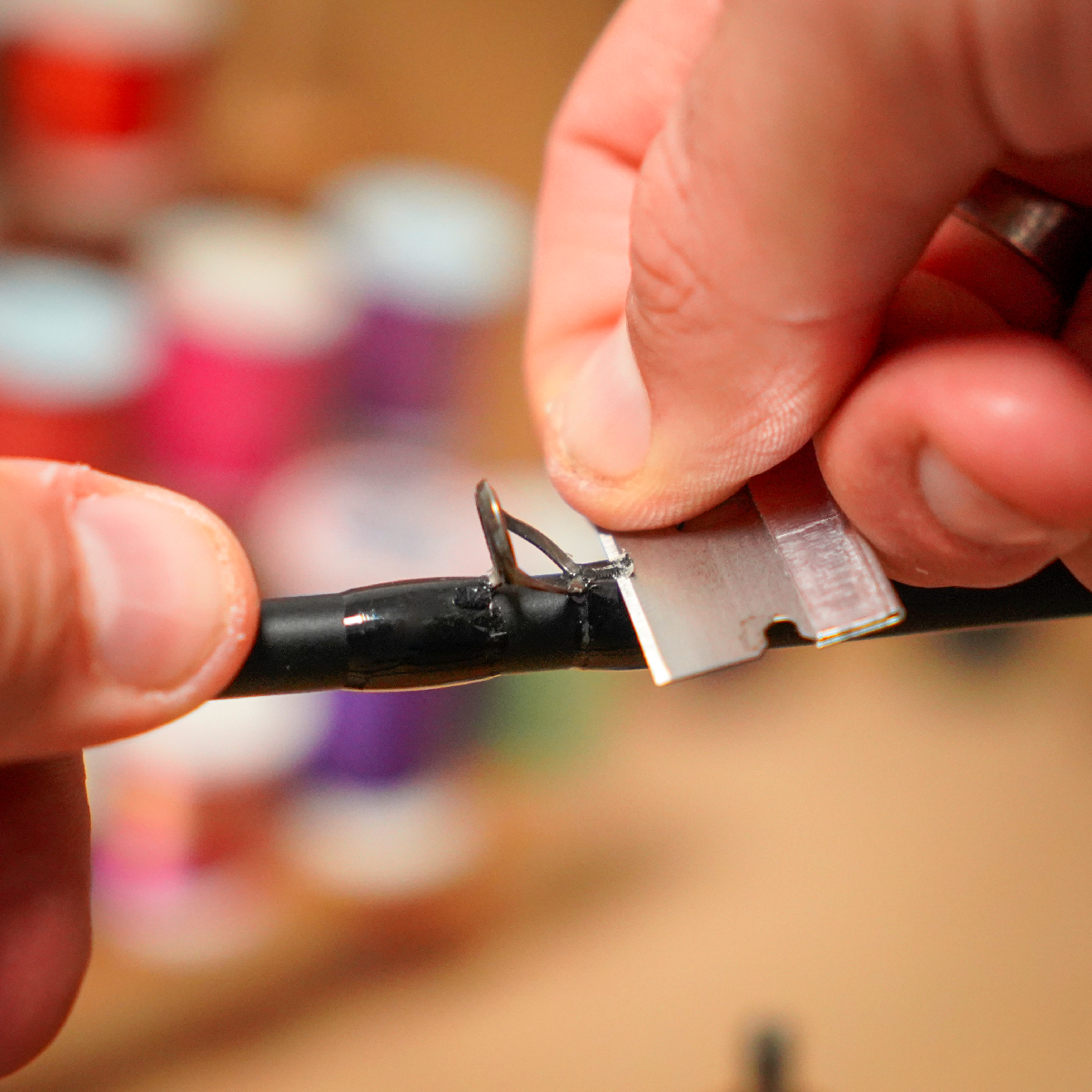
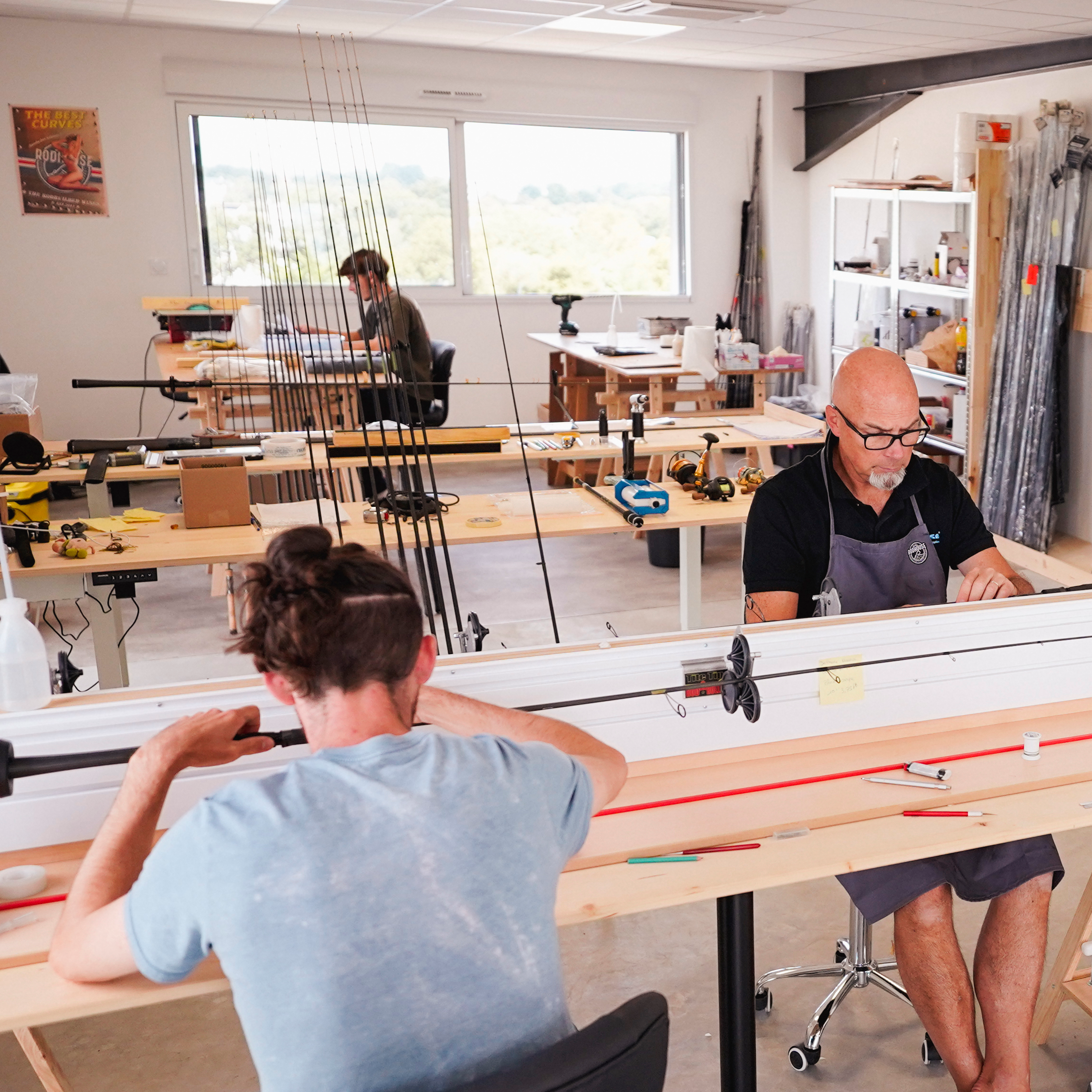
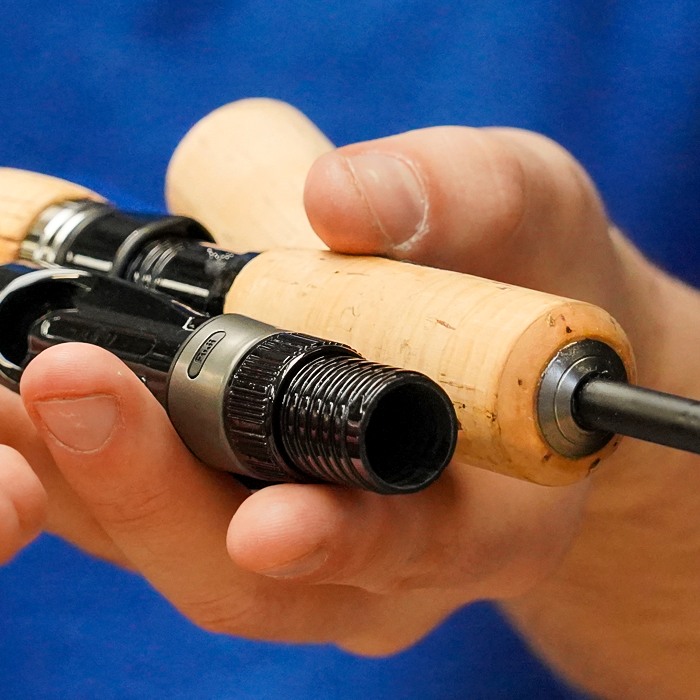
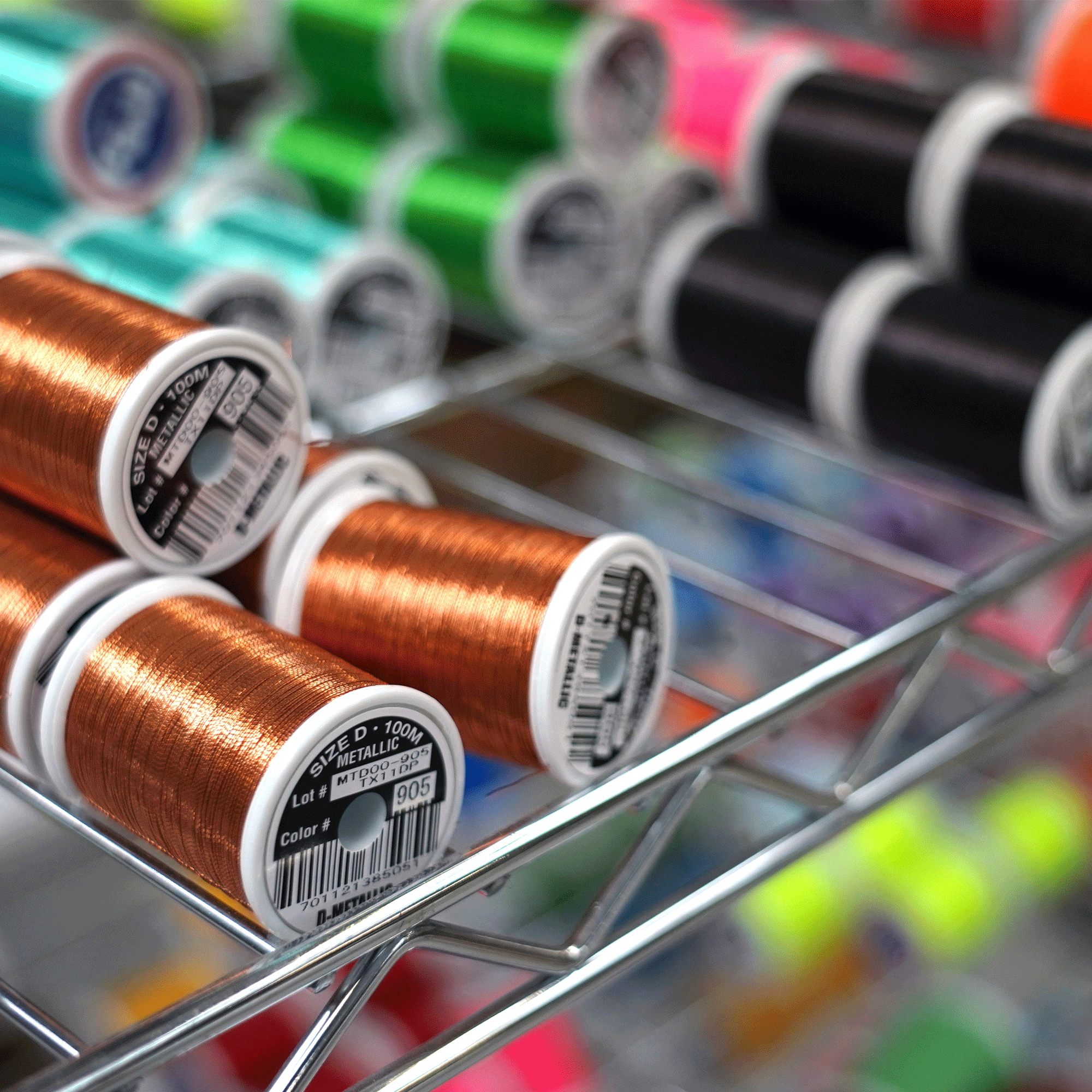

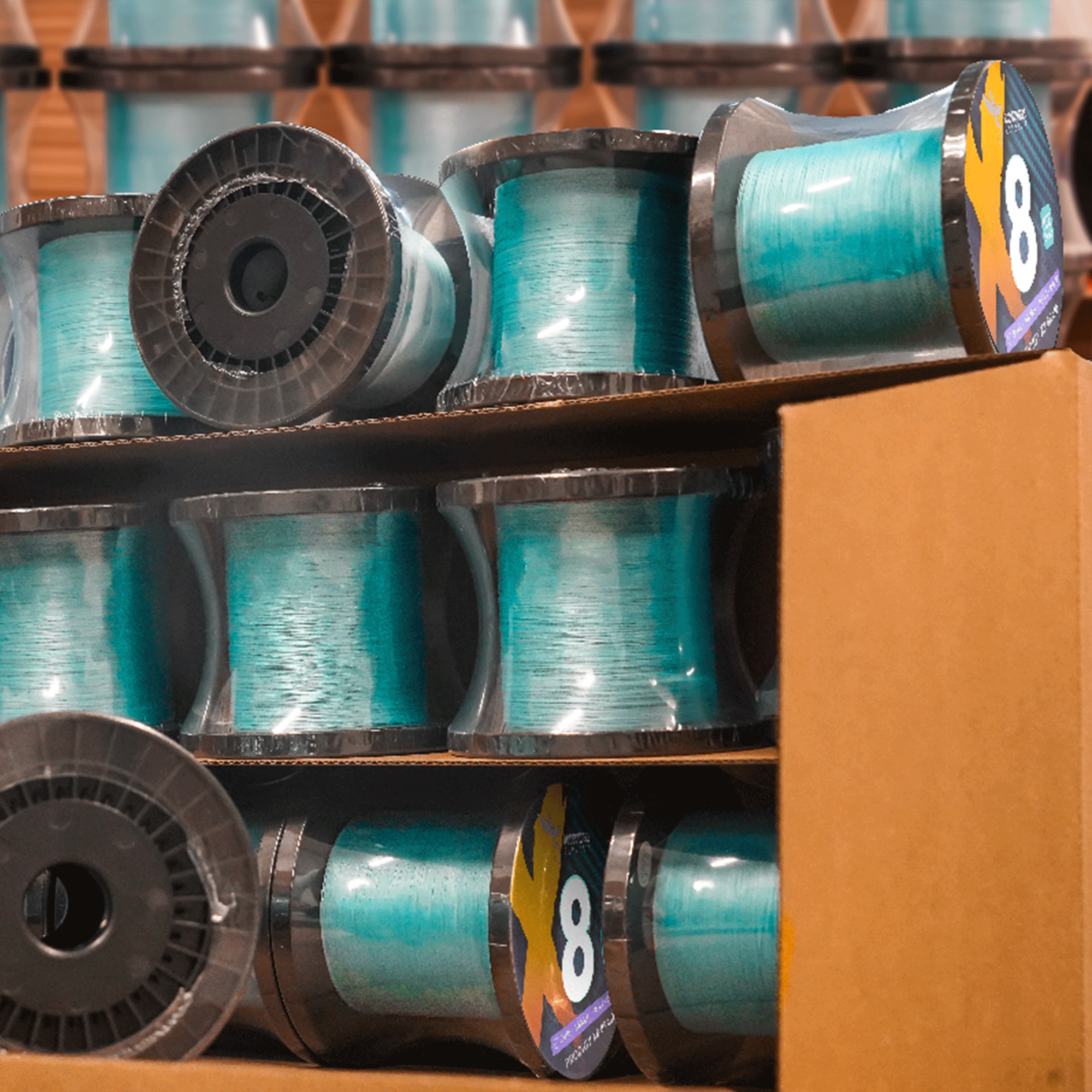



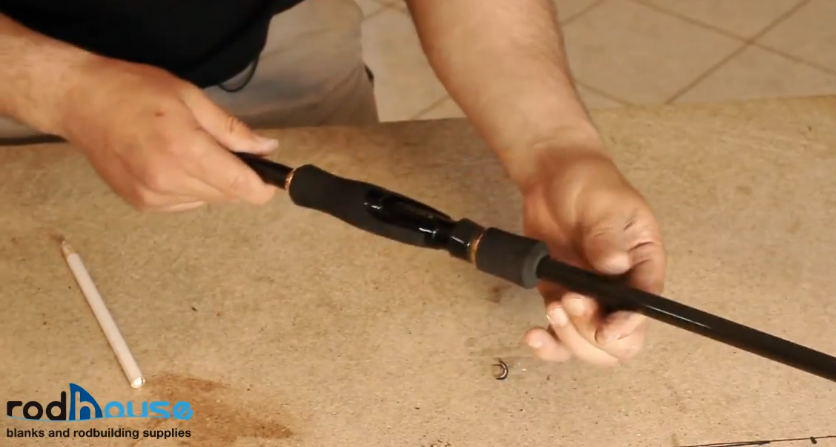
Leave a comment
All comments are moderated before being published.
This site is protected by hCaptcha and the hCaptcha Privacy Policy and Terms of Service apply.